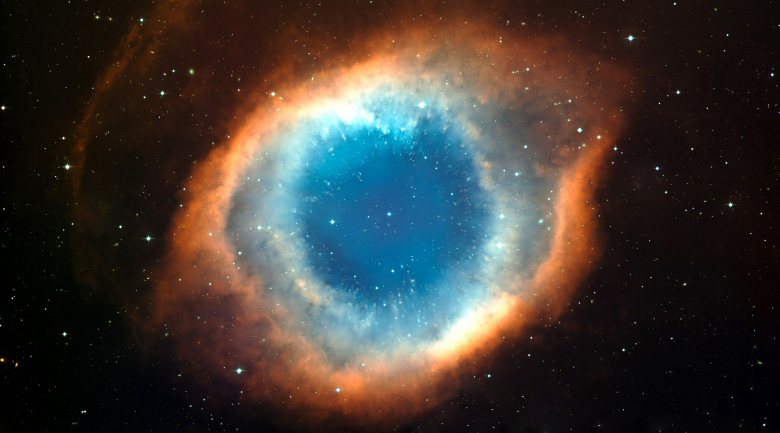
This week, astrophysicists presented the biggest map of the universe yet. Having nailed down the position of 7.5 million galaxies, the map is larger and more detailed than all its predecessors combined.
“This project has a specific scientific goal: to measure very precisely the accelerating expansion of the universe,” Lawrence Berkeley National Laboratory’s Julien Guy told Wired. By measuring the expansion over time, scientists hope to shine a light on dark energy-the mysterious force that seems to be blowing the universe apart-and predict the ultimate fate of the cosmos.
This “Redshift” is caused by the expansion of the universe and indicates how far away a galaxy is-the redder the light, the more distant the galaxy-thus adding a third dimension to galaxy maps.
“These are the biggest structures in the universe. You find an imprint of the very early universe, and the history of its expansion since then,” Guy said in a statement.
It’s by comparing the universe’s initial conditions just after the Big Bang to its expansion ever since that the team hopes to tease out a better understanding of how dark energy has changed over time.
In the 1990s, studies led by Lawrence Berkeley National Laboratory’s Saul Perlmutter and Australian National University’s Brian Schmidt attempted to measure the expansion of the universe.
It had been assumed that the universe’s matter-including stars, planets, dust, gas, and dark matter-would act like a brake on its expansion.
Like a ball tossed into the air, gravity’s pull would slow the universe down. If you can measure the universe’s rate of expansion, you can predict its future trajectory.
Cosmologist Michael Turner dubbed this force “Dark energy” and has called it “The most profound mystery in all of science.” Now, the race is on to better understand dark energy by putting together a more precise history of the universe’s evolution. If expansion continues, the universe will never truly end.
Over unimaginable eons, each orders of magnitude longer than the current age of the universe, expansion will pull galaxies apart, snuff out stars, and tear matter into its elementary constituents.
The end state of the universe would be a chilly and everlasting dark age. Scientists don’t fully understand dark energy or know the fate of the universe with certainty.
By mapping the large structure of the universe over time, scientists hope to chart how the rate of expansion-and perhaps the dark energy driving it-has changed and how it might in the future.
Other projects, like those that will be conducted by the European Space Agency’s Euclid spacecraft and NASA’s Nancy Grace Roman Telescope, will complement DESI’s findings by looking deeper into the universe, and cataloging even earlier galaxies from when it was just a few billion years old.
Scientists are excited to mine this data hoard to further refine the universe’s origin story.
